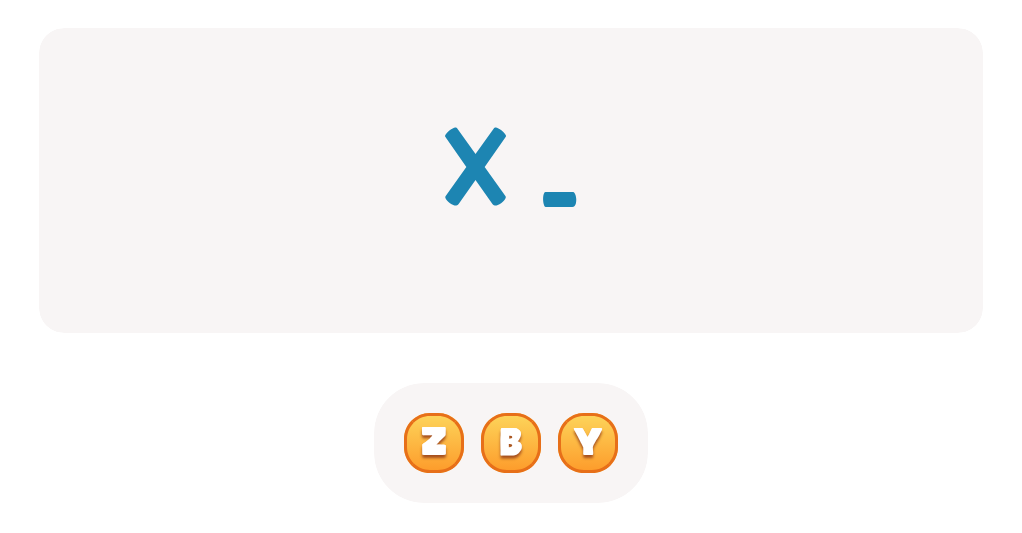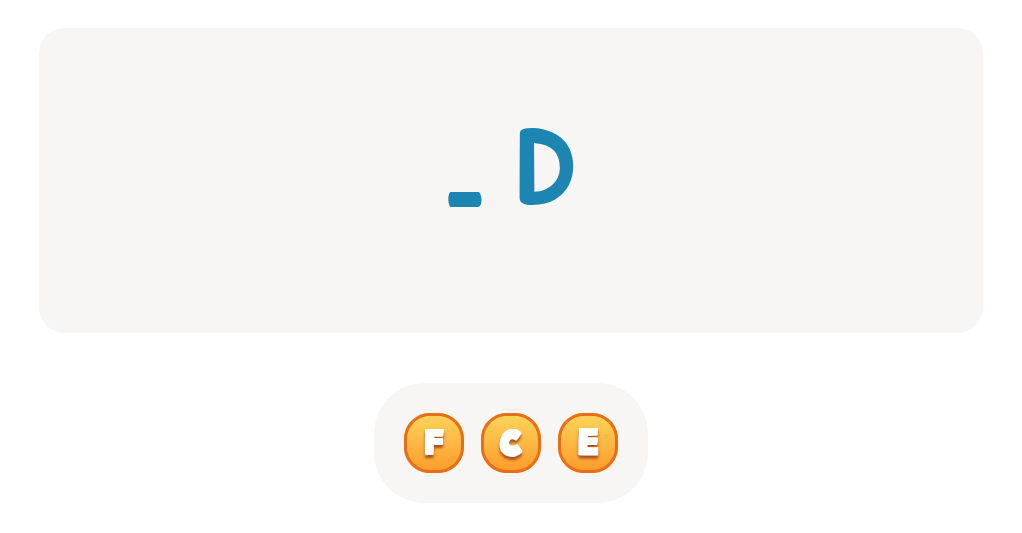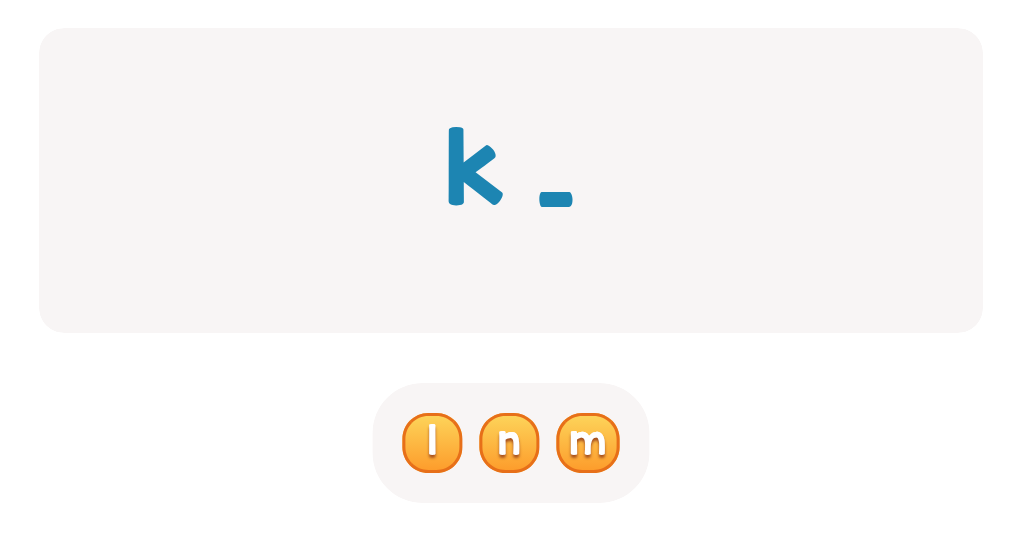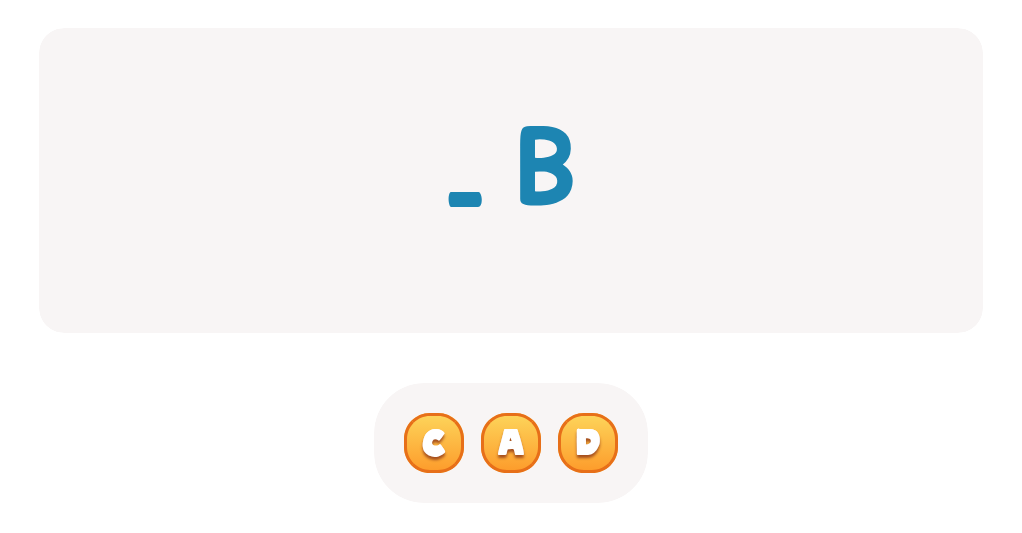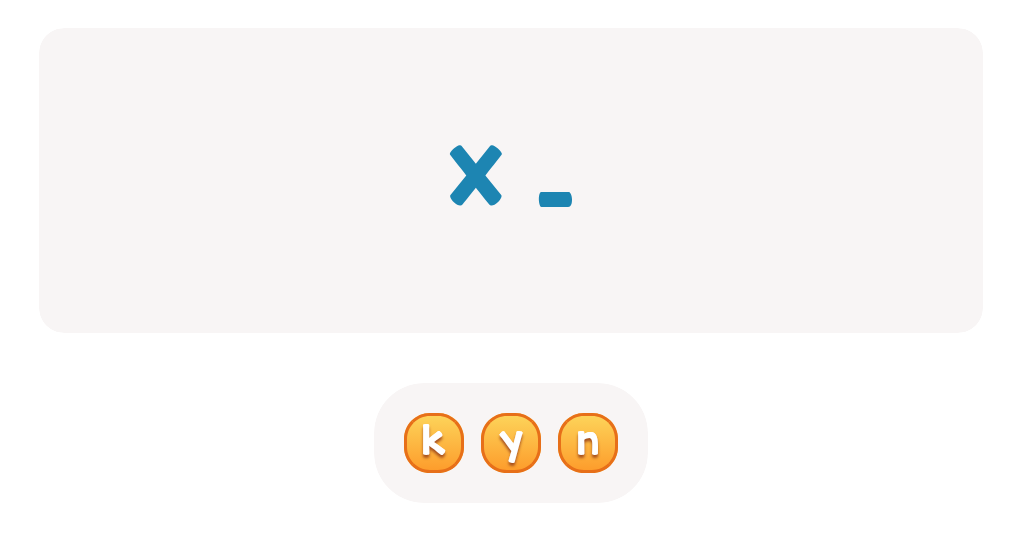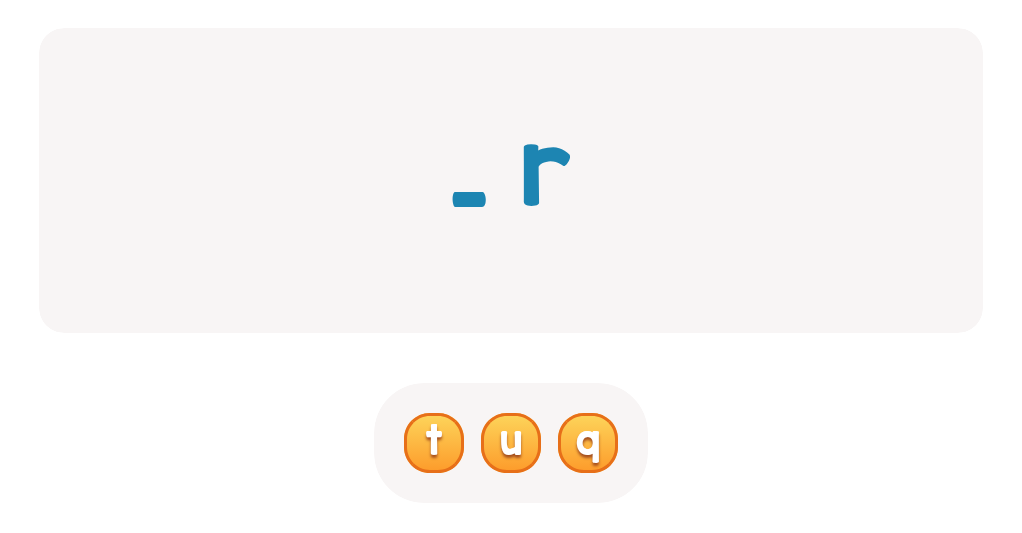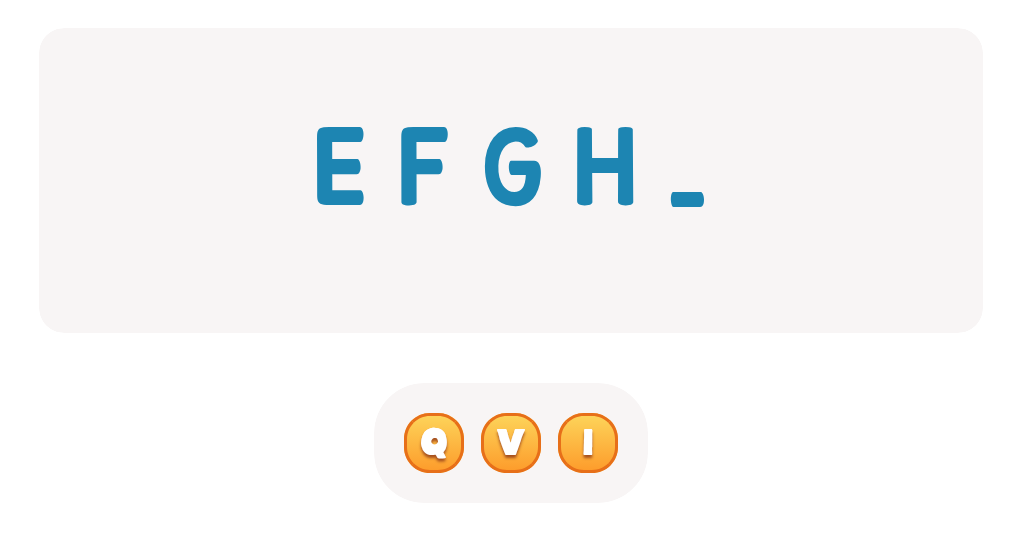Lowercase letter writing Upper & Lowercase Letters Worksheets for Ages 5-6
3 filtered results
-
From - To
Enhance your child's writing skills with our engaging Lowercase Letter Writing Worksheets designed for ages 5-6. These printable worksheets provide a fun, interactive way for young learners to master both upper and lowercase letters. Each worksheet focuses on individual letters, helping children understand their shapes and improve penmanship. Perfect for home or classroom use, our worksheets offer a structured approach to learning letter formation, ensuring your child builds a strong writing foundation. Boost your child's confidence and watch them flourish with these easy-to-follow, expertly crafted worksheets. Discover the joy of learning letters today!
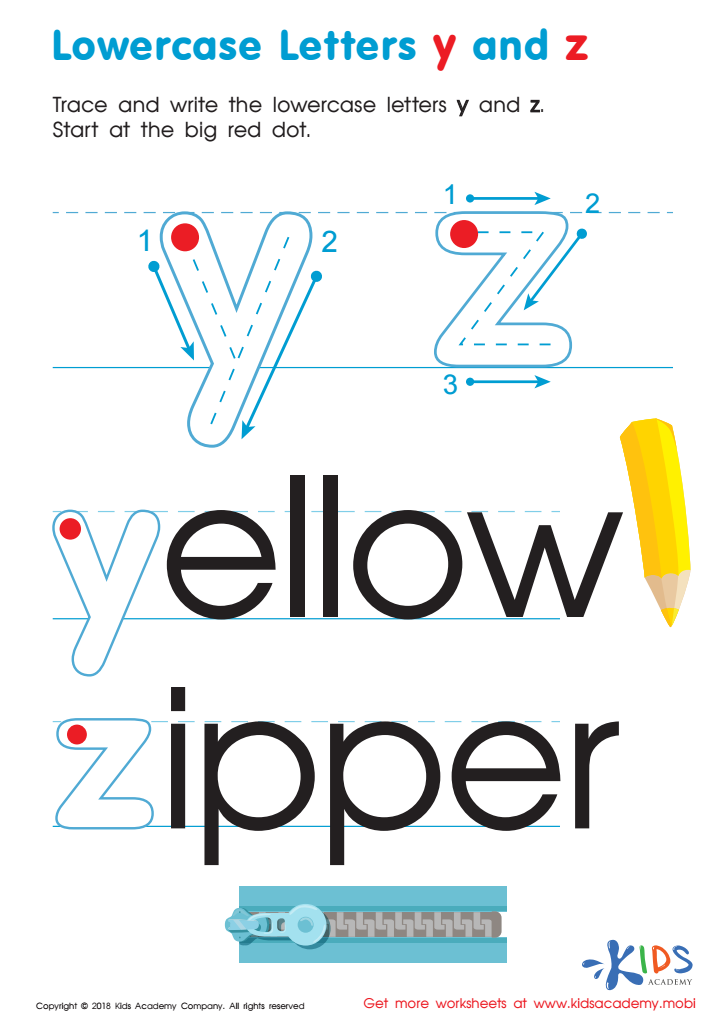

Lowercase Letters y z Worksheet
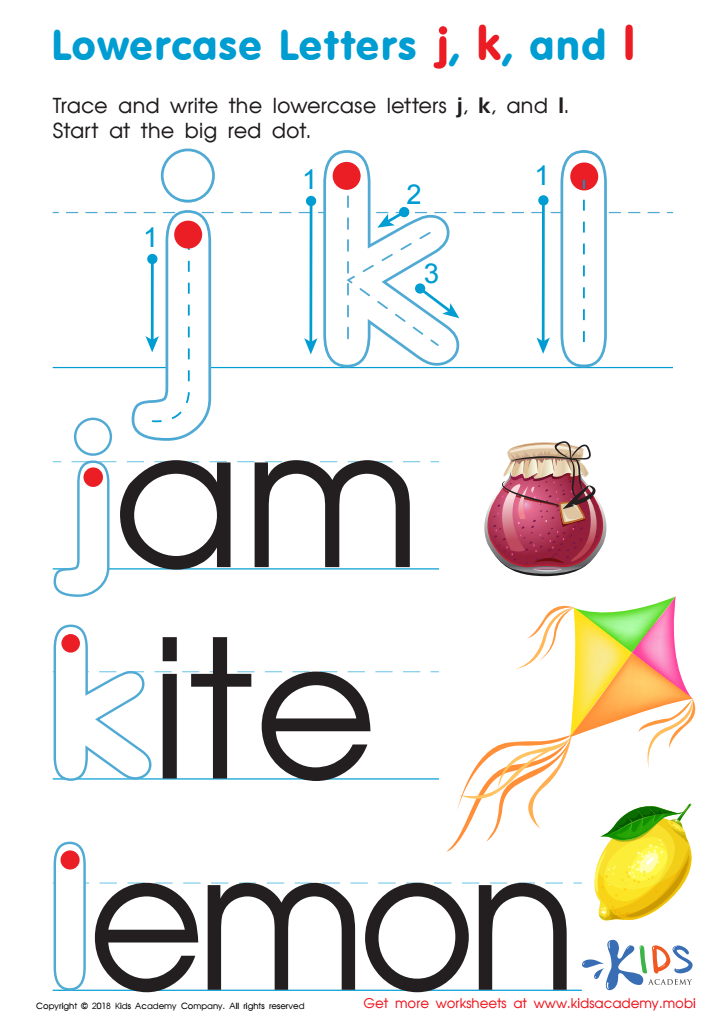

Lowercase Letters j k l Worksheet
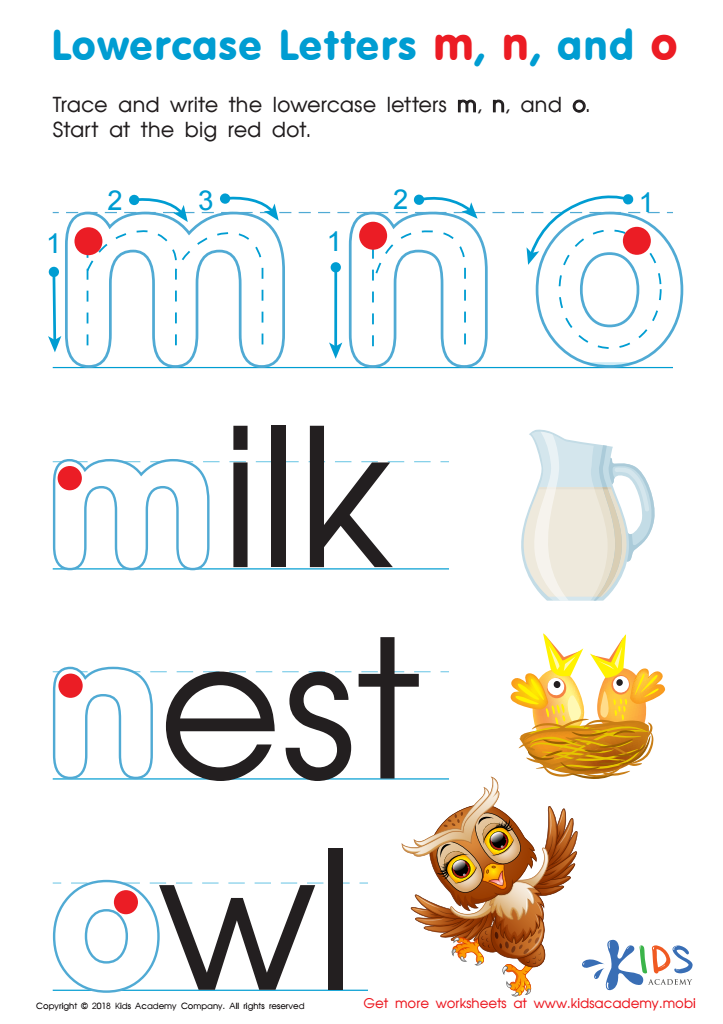

Lowercase Letters m n o Worksheet
Teaching children to write both uppercase and lowercase letters is foundational for early literacy skills. At ages 5-6, students are at a critical developmental stage for fine motor skills and cognitive development. Learning to differentiate and correctly form both uppercase and lowercase letters sets the stage for proficient reading and writing in the future.
Uppercase letters are typically easier for young children to master because they are more uniform in size and less complex in shape. However, lowercase letters are more frequently used in reading and writing. Ensuring that children can write both types correctly supports their ability to recognize letter forms in different contexts, aiding in word recognition and reading fluency.
For instance, when students can seamlessly transition between uppercase and lowercase lettering, they find it easier to understand sentence structure, identify proper nouns, and follow grammatical rules such as capitalization.
Moreover, writing practice enhances fine motor skills, paving the way for better pencil control and legibility. These skills are not just about forming letters but also about overall hand-eye coordination, which is essential for other academic tasks.
Engaging children in activities that develop both uppercase and lowercase writing skills fosters confidence, setting a solid groundwork for their ongoing educational journey, thereby making this practice invaluable for teachers and parents alike.
 Assign to My Students
Assign to My Students
